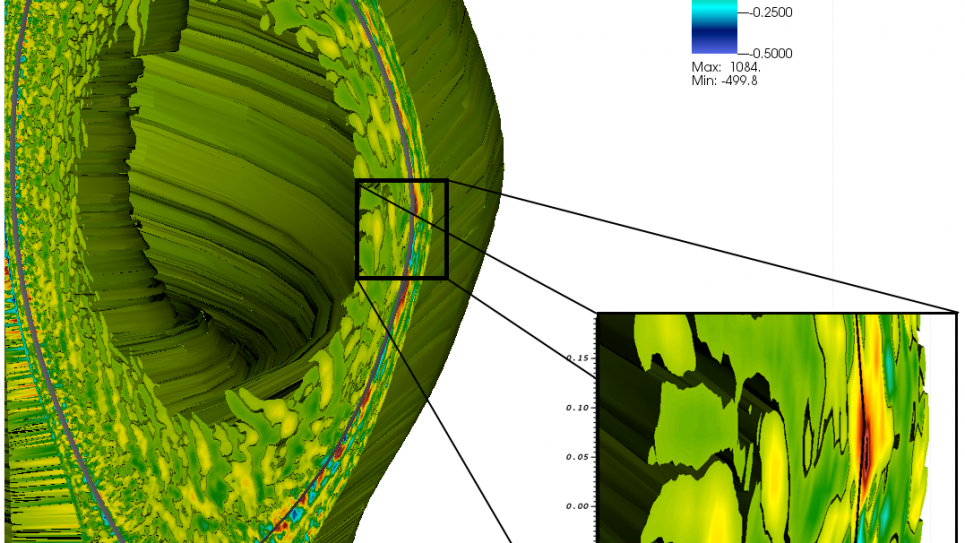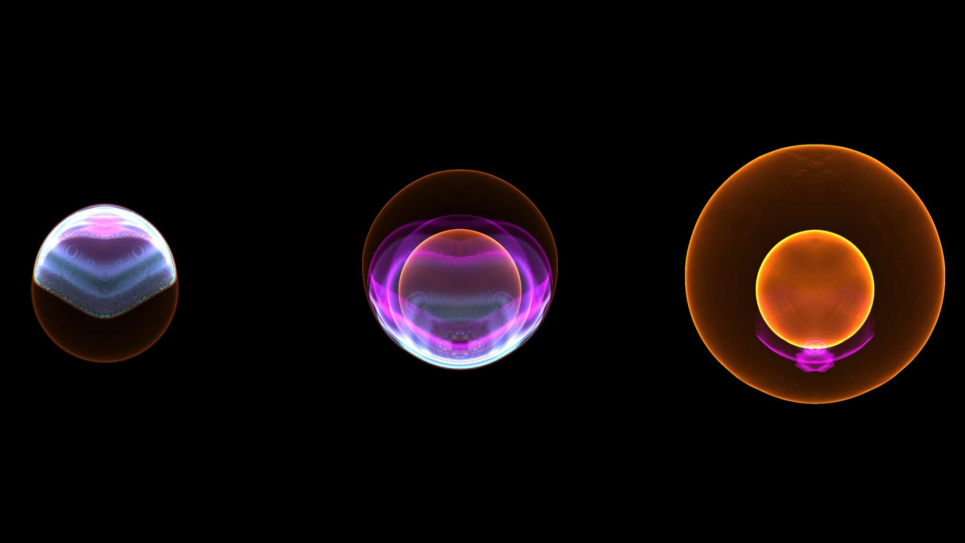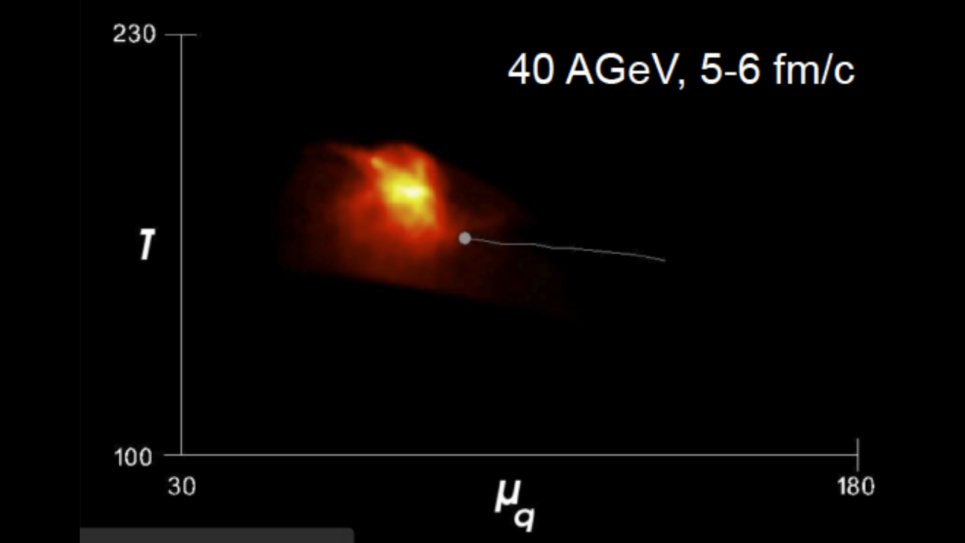
High-Fidelity Simulation of Tokamak Edge Plasma Transport
The goals of this project are to perform a systematic multi-year study, based upon an extremescale, first-principles kinetic particle-in-cell approach using the XGC1 global edge gyrokinetic code, and to address the challenges associated with the non-equilibrium multiscale plasma transport physics in the edge region of magnetically confined plasmas. Success of ITER is critically dependent upon good edge plasma confinement. It has been over 30 years since experiments ubiquitously found that good edge plasma confinement, which leads to a steep edge plasma pedestal, has a crucial effect on core plasma performance through a stiff nonlocal core-edge interaction. This high-confinement mode of operation is called “H-mode”. Despite their importance, neither the edge confinement physics nor the nonlocal core-edge interaction physics has been well understood yet. The proposed work represents the essential mission of the SciDAC-3 Center for Edge Physics Simulation (EPSI).
The plasma edge presents a set of multi-physics, multi-scale problems in the presence of the magnetic separatrix and material wall. Perhaps the greatest challenges are the lack of scale separation among the multi-physics processes: plasma turbulence, background plasma evolution, plasma flows, neutral particle transport and atomic physics, orbital motion of charged particles, and turbulence generated secondary flows. The plan here is to model these phenomena without scale separation within a comprehensive first-principles set of equations in XGC1, eliminating the need to address the very challenging issues of coupling multiple codes across either multiple physics phenomena or multiple spatial and temporal domains. As the computers become more powerful, the more important physics can be included at higher accuracy and fidelity.

